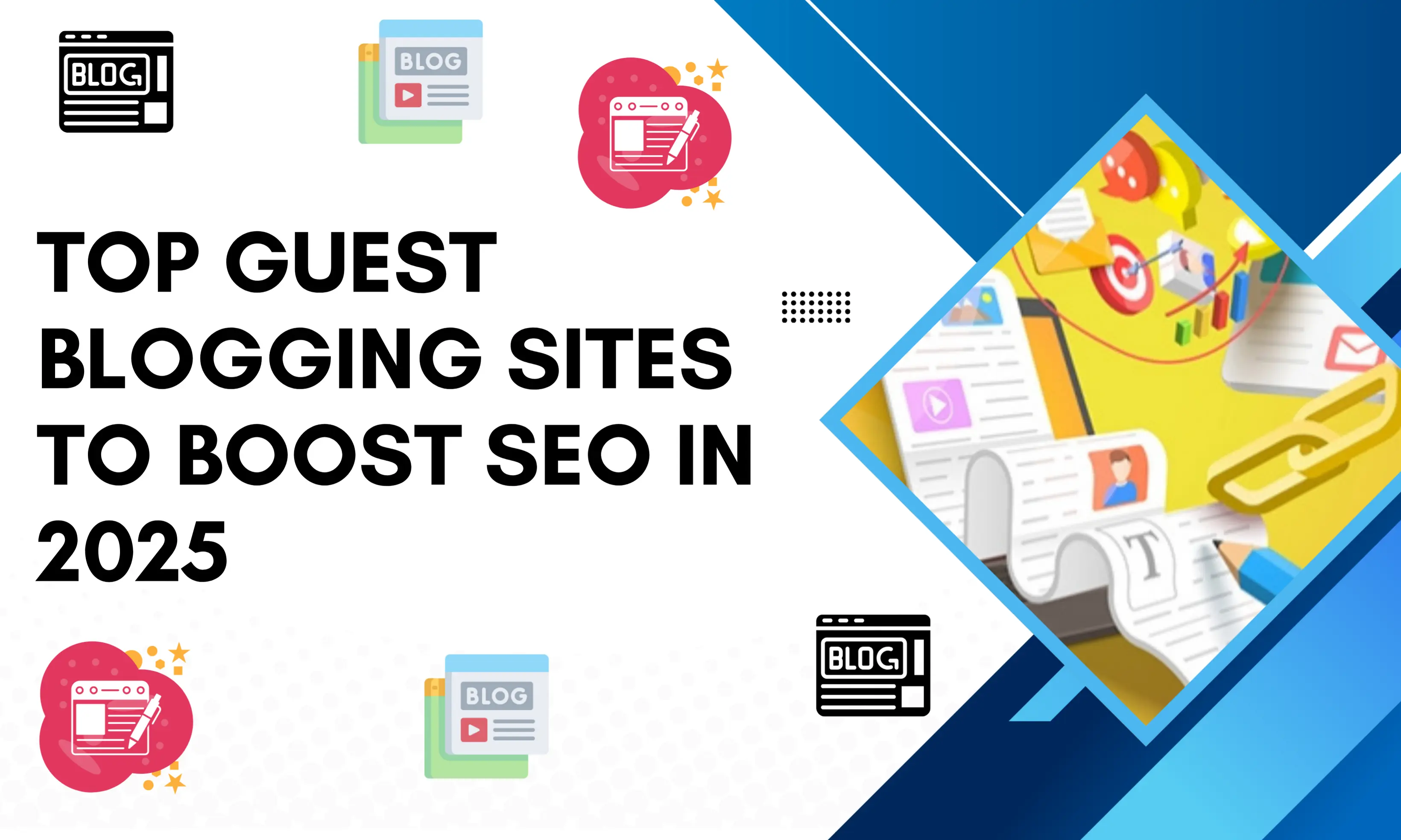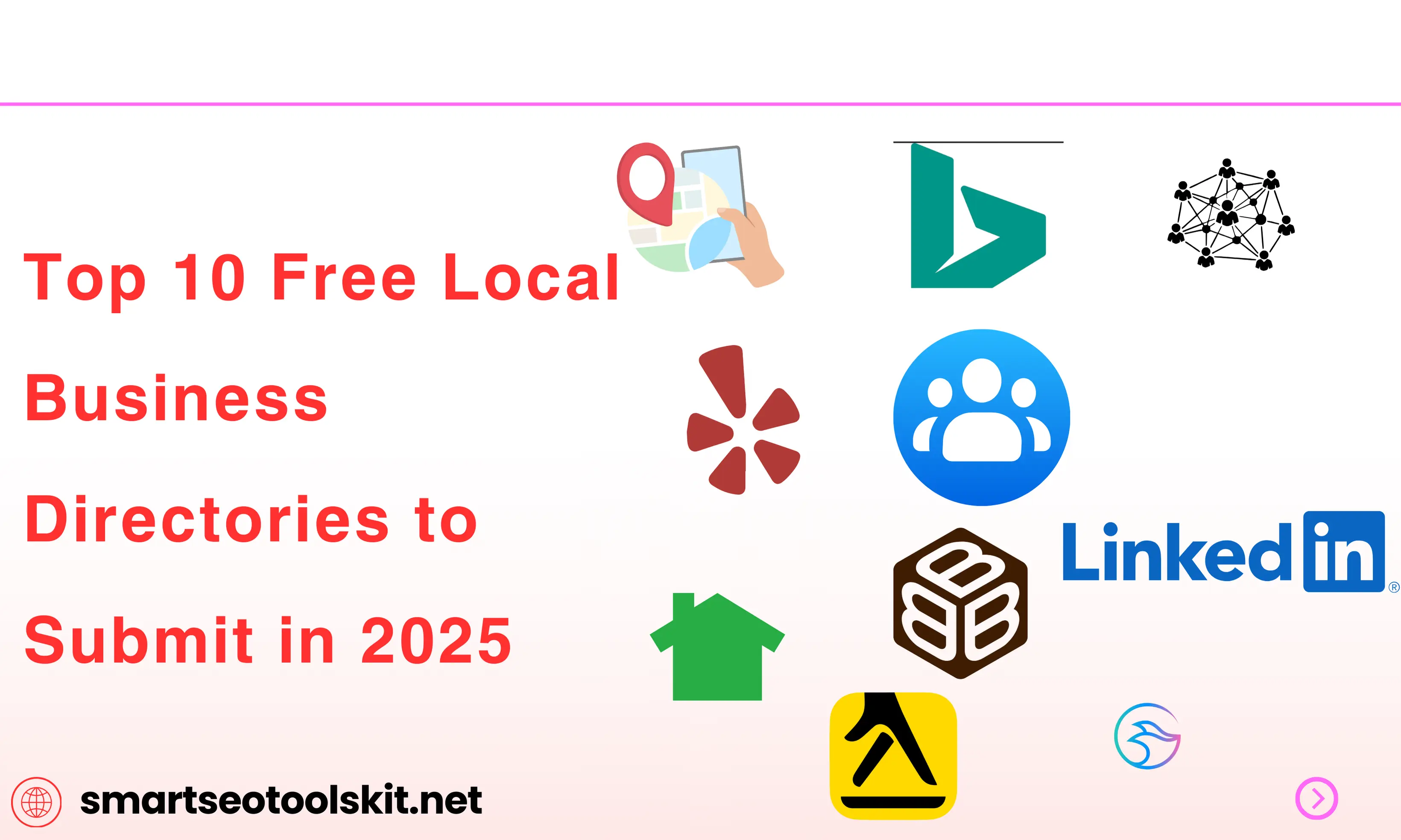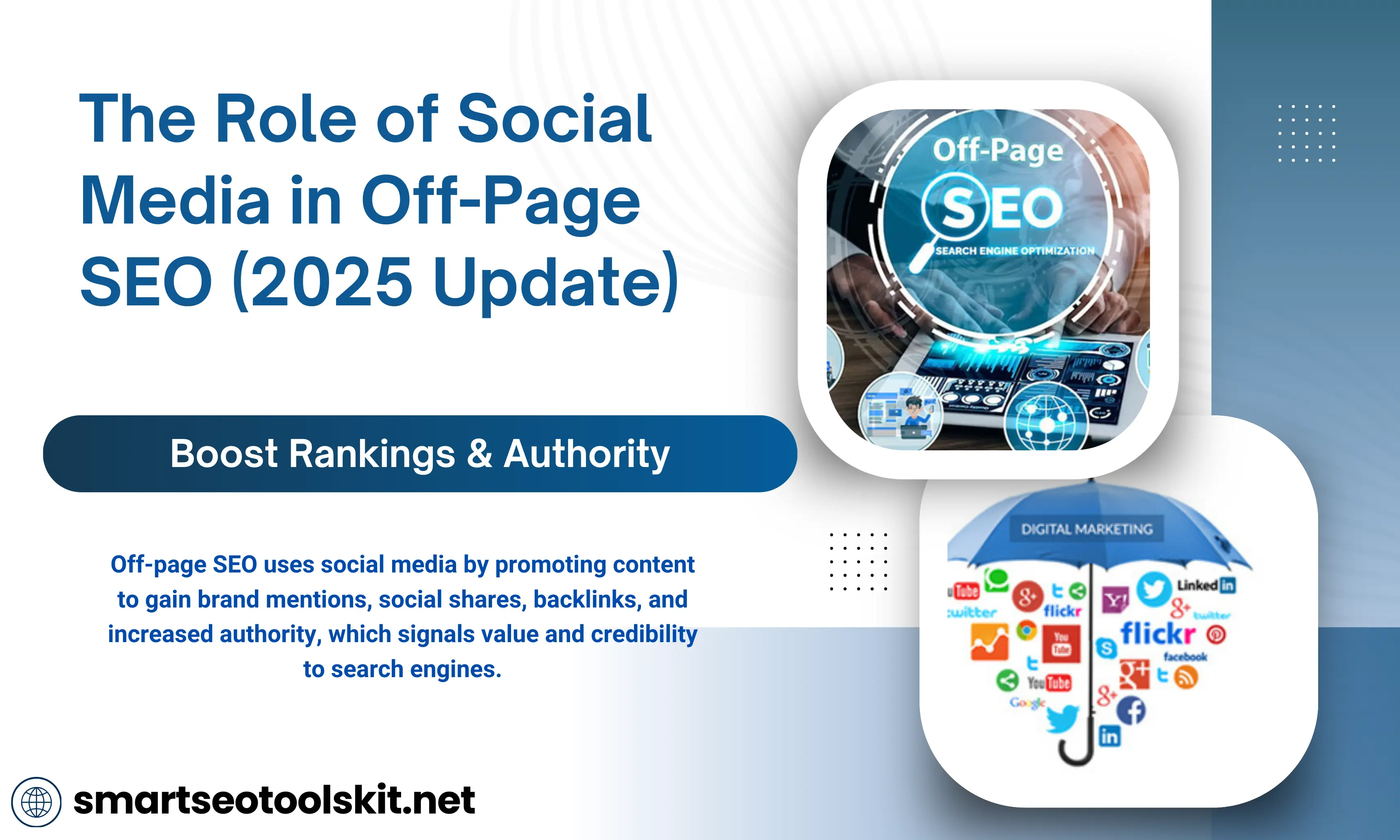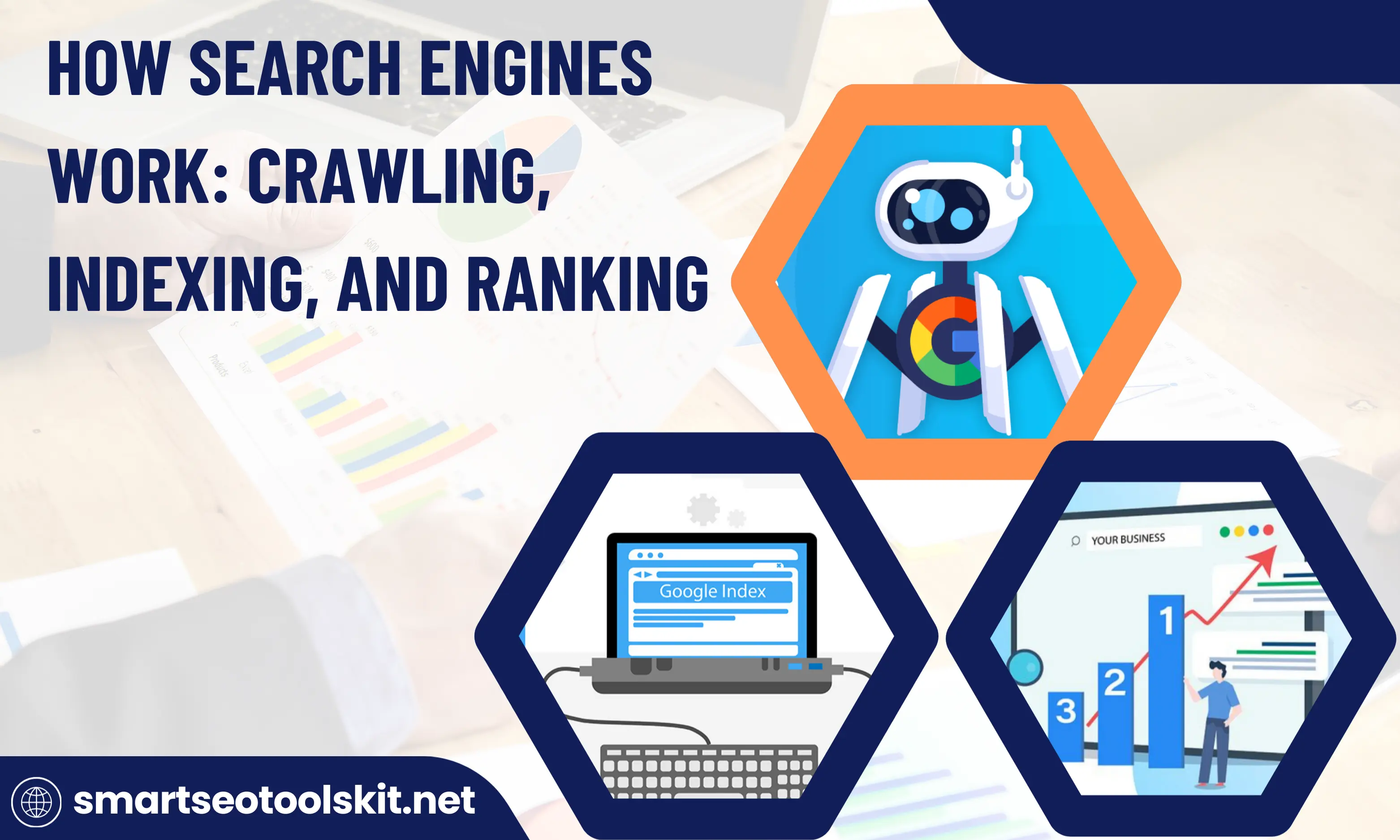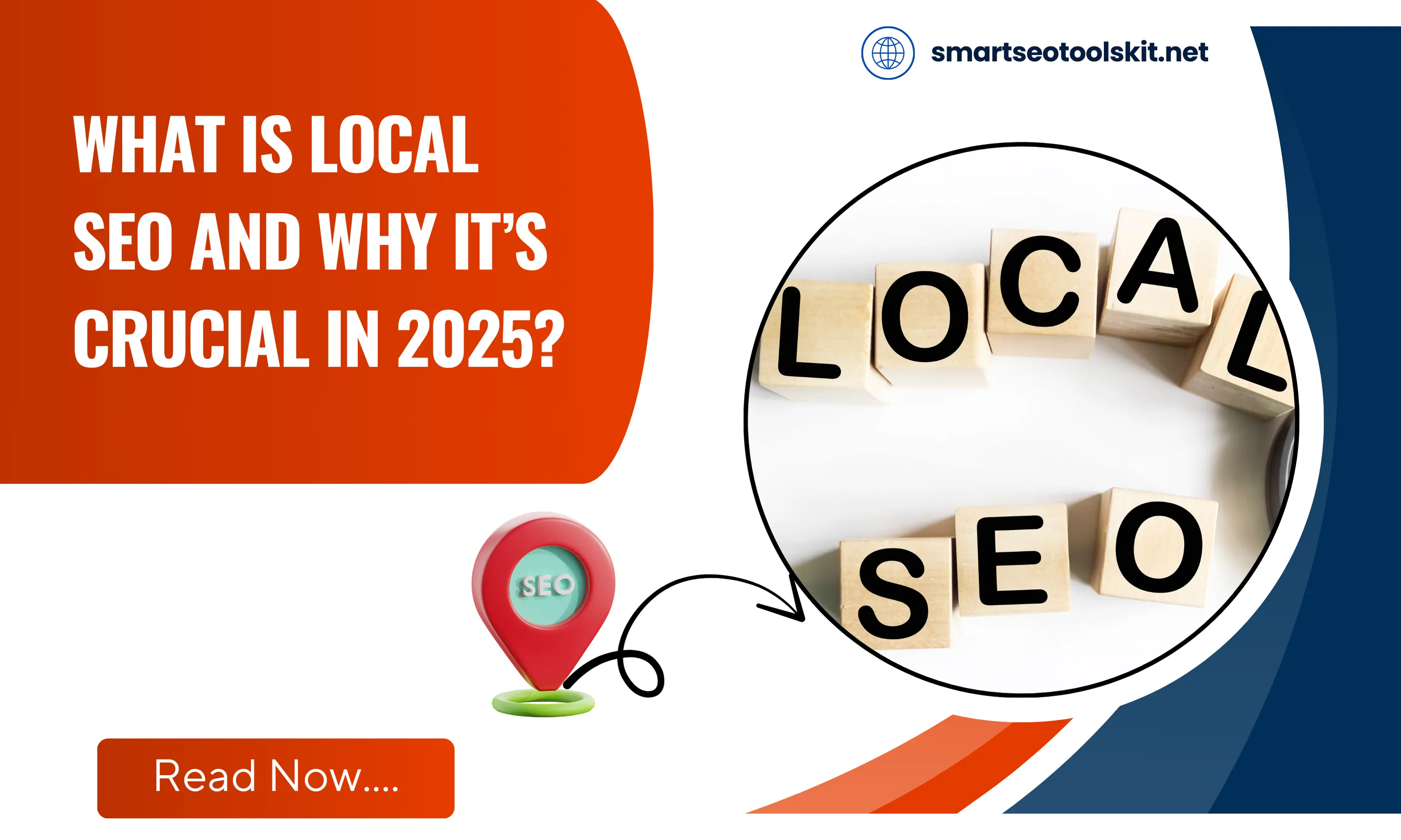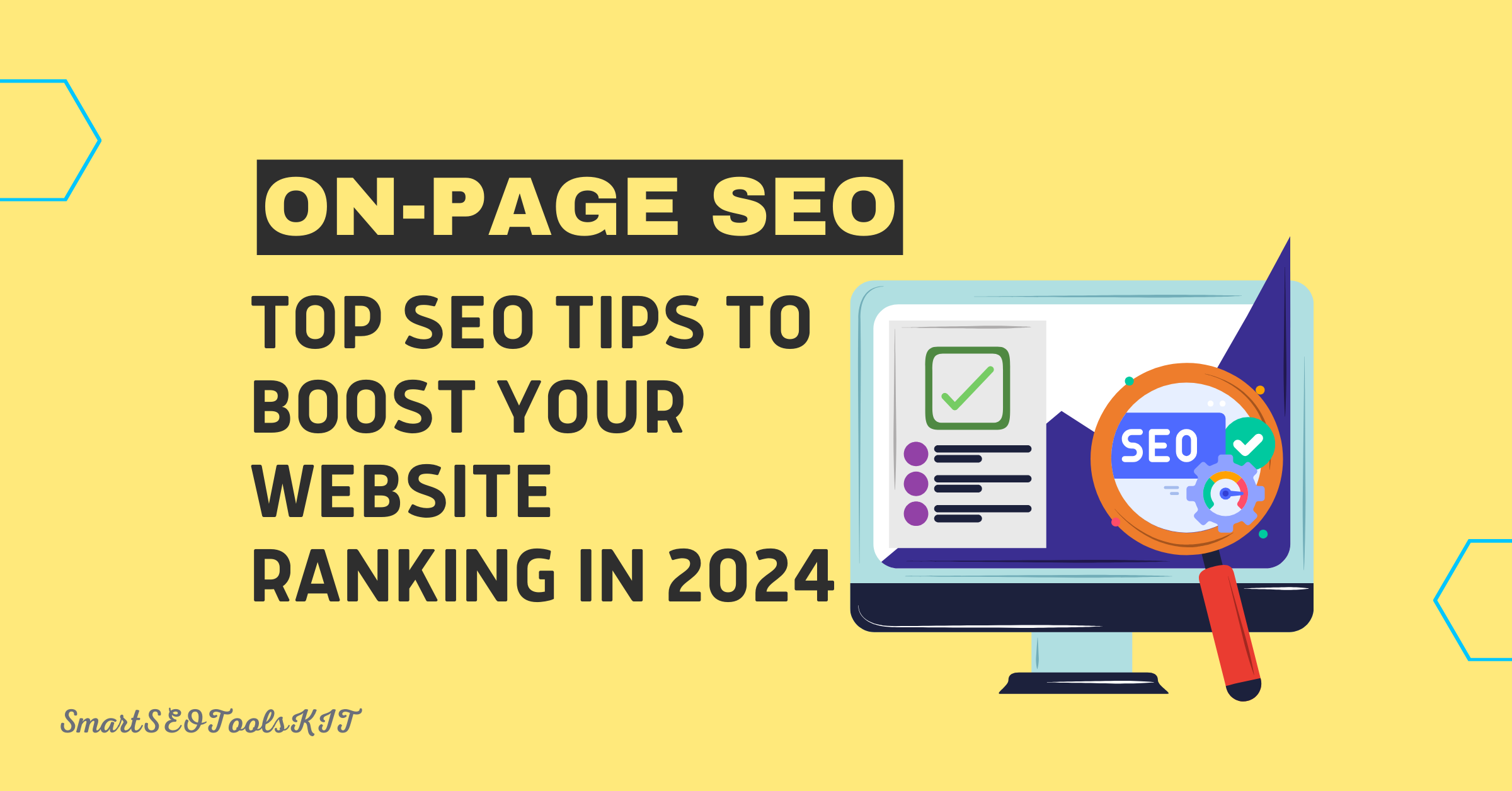Hi readers, do you know finding the right keywords is one of the biggest challenges in SEO? Many people rely on expensive tools to do keyword research, but they often overlook one of the best free resources available—Google Search Console (GSC). This tool provides direct insights from Google, allowing you to optimize your content based on real search data.
With the latest Google updates in 2025, keyword research is not just about search volume. It’s about understanding user intent, improving the content experience, and optimizing for AI-driven search. By using Google Search Console, you can discover hidden keyword opportunities, track your search performance, and boost your rankings without spending money on premium tools.
In this guide, we will walk you through the step-by-step process of using Google Search Console for keyword research. You will learn how to find high-impression but low-CTR keywords, optimize for Featured Snippets and Google Discover, and improve your organic traffic using real data.
Why Google Search Console is the Best Free Keyword Tool
Most SEO tools provide estimated search volume based on third-party data, which is often inaccurate. Google Search Console, on the other hand, gives you actual search queries that people use to find your website. Since this data comes directly from Google, it is more reliable and reflects how users interact with your content.
Using GSC for keyword research allows you to:
- Discover keywords you are already ranking for but have not optimized
- Find new search queries that bring traffic to your website
- Identify low-CTR keywords and improve them to get more clicks
- Track how your pages rank over time and optimize them accordingly
- Increase your visibility in Google search without relying on paid tools
One of the biggest advantages of GSC is that it helps you understand user intent. Instead of focusing only on high-volume keywords, you can see which search terms are relevant to your audience and optimize your content based on real user behavior.
Go In Depth: Why Your SEO Strategy is Failing & How Search Intent Can Fix It
Access the Performance Report in GSC
The first step in keyword research is to access the Performance Report in Google Search Console. This report provides valuable data on your website’s search traffic and keyword rankings.
To access it, log into Google Search Console and click on “Performance” → “Search Results”. Here, you will see four key SEO metrics:
- Total Clicks: The number of times users clicked on your page
- Total Impressions: The number of times your page appeared in search results
- Average CTR (Click-Through Rate): The percentage of users who clicked on your page after seeing it
- Average Position: Your page’s ranking in search results for a keyword
These insights help you identify which keywords are driving traffic and which need improvement. If a keyword has high impressions but low clicks, it means your page is ranking but not attracting users. If your position is between 5 and 15, it indicates that your page is close to ranking on page one and can be optimized for better visibility.
Find High-Impression, Low-CTR Keywords
One of the easiest ways to boost traffic is by optimizing keywords that have high impressions but low CTR (Click-Through Rate). These keywords already rank well, but they are not generating enough clicks.
To find these keywords, go to the Performance Report and sort your queries by Impressions (highest to lowest). Look for keywords with CTR below 3% and an average position between 5 and 15.
For example, let’s say your keyword is “SEO best practices 2025” with 40,000 impressions but only a 1.8% CTR. This means a lot of people are seeing your page in search results, but they are not clicking on it.
To improve CTR, you should:
- Rewrite your title tag with power words and numbers (e.g., “SEO Best Practices for 2025: 10 Proven Strategies”)
- Improve your meta description by making it more engaging (e.g., “Discover 10 powerful SEO techniques that will boost your Google rankings in 2025!”)
- Optimize for Rich Snippets by adding structured data like FAQs and How-To sections
These simple changes can significantly increase your CTR and rankings, leading to more organic traffic.
Go In Depth: High Traffic, Low Sales? Why SEO Alone Won’t Save Your Business?
Find Keywords Ranking on Page 2 and Push Them to Page 1
Ranking on page two of Google is often frustrating because users rarely click beyond the first page. However, with the right optimizations, you can push these keywords to page one and get more traffic.
To find these keywords, go to Performance → Queries, then filter by Average Position between 10 and 20. These are your "near-ranking" keywords, meaning they have potential but need more SEO improvements.
For example, if your keyword “Google Search Console keyword research” ranks at position 14, you can improve its ranking by:
- Adding more detailed explanations and FAQs to the existing content
- Internally linking from high-authority pages to the target page
- Improving readability, images, and mobile experience
By making these improvements, Google will recognize your content as more valuable and rank it higher.
Discover New Keyword Opportunities in the Queries Report
Google Search Console also helps you discover new keywords that are bringing traffic to your site but are not yet optimized in your content. These keywords present opportunities for creating new content or expanding existing pages.
To find these keywords, go to Performance → Queries and look for search terms with decent impressions but low clicks. If the keyword is relevant, you can either add it as a new section in an existing article or create a completely new blog post around it.
For example, if you have an article about SEO tools, and you find a new keyword “AI-powered SEO tools 2025”, you can add a new section discussing the latest AI-based SEO tools.
By continuously updating your content with fresh and relevant search queries, you keep your pages optimized for user intent and new search trends.
Go In Depth: 6 Game-Changing Content Marketing Strategies You Can’t Ignore in 2025
Optimize for Featured Snippets & Google Discover
Getting featured in Google’s Featured Snippets can significantly increase your click-through rate and boost organic traffic. To optimize for snippets, you should:
- Write answers in a question format (e.g., H2: "What is keyword research?")
- Use bullet points and numbered lists for quick readability
- Keep your answers short and direct (40-60 words is ideal)
To appear in Google Discover, focus on engaging, trend-based content with high-quality images. Your articles should be mobile-friendly, fast-loading, and encourage high user engagement.
By optimizing for both Featured Snippets and Google Discover, you increase your chances of appearing in more search results and driving continuous traffic.
Track & Measure Keyword Performance Over Time
SEO is an ongoing process, and it’s essential to track your keyword performance regularly. Google Search Console provides several reports to help you monitor your progress.
- The Performance Report shows how your keywords are performing over time
- The Coverage Report helps you fix indexing issues
- The Core Web Vitals Report measures page speed and user experience
- The Mobile Usability Report ensures your site is mobile-friendly
To maintain high rankings, reoptimize your content every 3-6 months by updating outdated sections, adding new insights, and improving readability. By staying updated with Google’s latest SEO trends, you can continue driving organic traffic to your website.
Go In Depth: 8 Common SEO Mistakes to Avoid in 2025 and How To Fix Them
Final Thoughts: How to Rank Higher Using Google Search Console
Google Search Console is one of the most powerful tools for keyword research and SEO improvement. By analyzing your real search data, you can optimize your pages for better rankings, increase organic traffic, and stay ahead of your competitors.
Start by analyzing your high-impression, low-CTR keywords, improving content for near-ranking search terms, and tracking your performance over time. If you consistently apply these strategies, you will see significant growth in your search visibility and website traffic.
Frequently Asked Questions (FAQs)
Q1: What is Google Search Console, and how can it assist in keyword research?
Google Search Console (GSC) is a free tool from Google that helps website owners track their site's performance in search results. It provides valuable data on impressions, clicks, average position, and search queries. By analyzing this data, you can identify which keywords are driving traffic, find new keyword opportunities, and optimize your content accordingly. Unlike paid SEO tools, GSC provides direct insights from Google, making it a reliable resource for refining your keyword strategy and improving search rankings based on real user behavior.
Q2: How do I access keyword data in Google Search Console?
To access keyword data in Google Search Console, log in and navigate to the "Performance" tab. Here, you will see a list of search queries that users have typed into Google to find your website. The report includes metrics like clicks (how many users clicked on your link), impressions (how often your site appeared in search results), click-through rate (CTR), and average position. You can filter the data by date range, country, and device type, allowing you to track keyword trends and refine your SEO strategy effectively.
Q3: Can Google Search Console help identify new keyword opportunities?
Yes, Google Search Console is a great tool for discovering new keyword opportunities. By analyzing the "Queries" report, you can find search terms that your site ranks for but has not specifically targeted. If your website is appearing in search results for these queries but has low clicks, you can optimize existing content to better match user intent. Additionally, you can create new content focused on these keywords, improving your chances of ranking higher. This approach helps expand your keyword reach and attract more organic traffic to your site.
Q4: How can I improve my site's click-through rate (CTR) using Google Search Console?
To improve CTR, identify keywords with high impressions but low clicks in the "Queries" report. A low CTR often means your title tags and meta descriptions aren’t compelling enough. To increase clicks, rewrite them to be more engaging, use action-driven language, and ensure they align with user intent. Including numbers, brackets, and power words can also make your listings stand out. Additionally, structured data can enhance visibility by adding rich snippets, which can further boost CTR. Monitoring CTR trends in GSC helps refine your SEO strategy over time.
Q5: Is Google Search Console data accurate for keyword research?
Google Search Console provides keyword data directly from Google's search index, making it one of the most reliable sources for keyword research. However, while the data is accurate, it has some limitations. The "average position" metric represents an overall ranking rather than a real-time position for every user. Additionally, Google does not provide exact search volume data, unlike tools like Google Ads Keyword Planner. Despite these limitations, GSC is an essential tool for tracking real-world search performance, uncovering ranking opportunities, and refining content strategies to align with actual user searches.
Related Tags :
.png)
